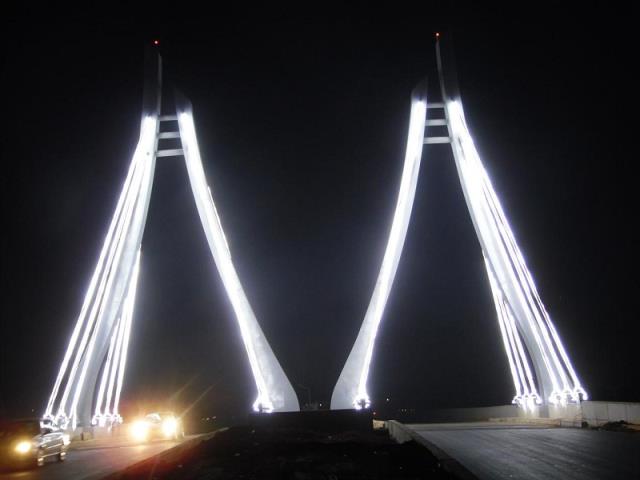UNTIL the inception of the Obiano administration, not much, in terms of development, was seen in Awka. Previous administrations in the state seemed concerned with efforts to improve development in other sectors of the economy with little or no attention to structural deficit in the state capital.
Awka was so barren of growth that it almost became a byword for stagnation and underdevelopment. State capitals created alongside it took time to develop while it stalled. Landmark projects were virtually non-existent. It was so bad that travellers – even passersby – claimed they passed Awka unnoticed.
The story of Awka capital city was one told with a tinge of regret. Perhaps, a lot of people took for granted that the capital of Anambra State must rank among the best in the country. Unfortunately, that was never the case as the famed blacksmith town tottered in progressive decline.
Neither its prime location, midway between Enugu and Onitsha, nor its rich history as an administrative centre for the defunct colonial administration in the East could advance its fortune. But more than that, private developers appeared unimpressed with the idea of pitching development in the town.
However, nothing lasts forever. The problems are gradually easing off. The decisiveness of the Obiano government in handling the situation has ensured gradual, but steady development of what should be one of Nigeria’s foremost state capitals.
It can be said that no traveller can claim to pass Awka again without noticing it. A change has occurred that nestled Awka on a comfortable range among the best in Nigeria. But for the speed of transformation, many would have dismissed the governor’s promise of transforming the state as a political talk. Truth is that he is yet to renege on the promise he made to ndi Anambra when inaugurating members of the board of Awka Capital Territory Development Authority, ACTDA, early in his administration.
So far, three state-of-the art bridges have been built in Awka to alleviate severe traffic situation in the town and for aesthetics. The bridges were designed with floodlights that illuminate dark ends of Arroma junction and beyond. Elsewhere in the capital city, a 1000-seater International Conference Centre is nearing completion, as is the Awka International Stadium complex. Even with a surfeit of sports men and women the state has no stadium.
A lot of interconnecting roads within the capital city like Esther Obiako, Ifite, Stamford, Ekwueme were reconstructed with beautiful kerb sides to give access to otherwise inaccessible areas and to take traffic off problem points. The State House was also refurbished to reflect the authority it wields in the political administration of the state. New estates are also emerging either at the instance of the government or in partnership with private developers.
The icing on the cake was lightning up the entire capital city through installation of street lights. This has returned night life which died with years of violent crime. Economic activities have since moved some notches higher with new areas like Club Road, Arroma and Government House, two areas known for fruit markets, have also witnessed a burst of nocturnal activities. Greengrocers now defy time to stay up the night to ply their trade.
By March of next year when the government would have completed its two terms of eight years, Awka, the blacksmith town, hopes to develop to a certain level where no one, be they in favour or against, will dismiss Awka as less of a state capital.
Even if everybody will not admit the effort of this government in changing the face of Awka, it will be churlish of any to attack that effort. The Obiano government has demonstrated both in speech and in action that it is determined to leave the state better than it met it. It only needs support to finish strong.





Comments are closed for this post.